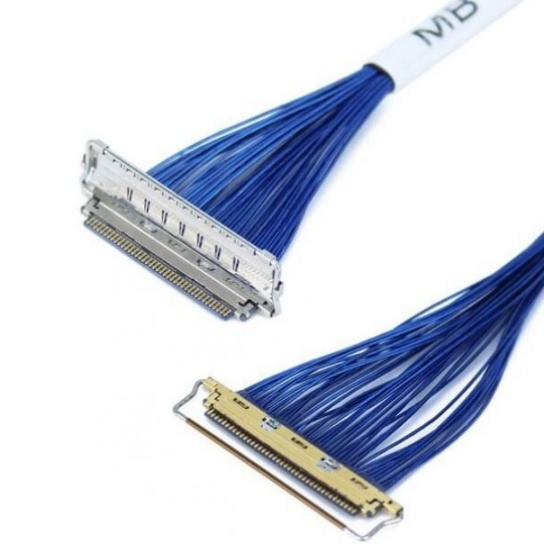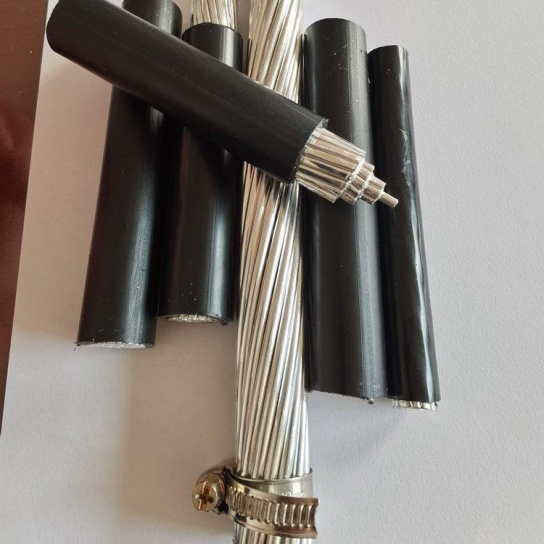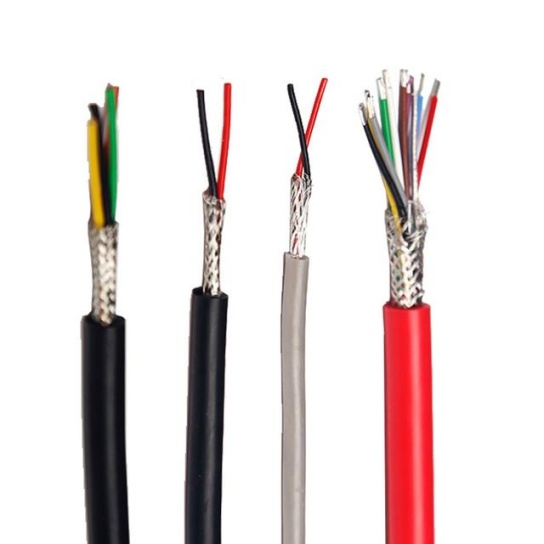Self-Assembling Aviation Cables for Space Repairs: The Next Frontier in Orbital Maintenance
Imagine a critical power cable fails on the International Space Station (ISS). Astronauts suit up for a risky, hours-long EVA (Extravehicular Activity). Now, imagine instead a tiny canister releases modules that autonomously locate the break, navigate microgravity, interlock, and restore functionality – all without human intervention. This isn’t science fiction; it’s the groundbreaking potential of self-assembling aviation cables for space repairs.
The harsh environment of space poses immense challenges for spacecraft maintenance:
- Risk: EVAs are inherently dangerous, exposing astronauts to radiation, micrometeoroids, and extreme temperatures.
- Time & Cost: Spacewalks are incredibly time-consuming and expensive to support.
- Accessibility: Many critical cable runs are in hard-to-reach areas, internally or externally.
- Urgency: Electrical failures can cripple missions or endanger lives, demanding rapid solutions.
Enter Self-Assembling Aviation Cables
These aren’t your standard wires. Inspired by advancements in nanotechnology, modular robotics, and biomimicry, self-assembling cables represent a paradigm shift:
- Modular Design: Cables are composed of small, standardized building blocks (“Catoms” or modules). Each module contains conductive elements, microcontrollers, basic sensors, and connection mechanisms.
- Autonomous Assembly: Guided by internal algorithms and potentially external signals, modules can navigate microgravity using micro-thrusters or other propulsion methods. Using electromagnetic coupling, mechanical hooks, or innovative adhesion, they autonomously connect end-to-end or bridge gaps.
- Self-Powering/Mobile: Modules might carry tiny batteries, harvest ambient energy, or be launched from a central “hub” module.
- Smart Diagnostics: Modules sense their environment and connection status, allowing them to confirm successful circuit repair or identify persistent faults.
Why Aviation Cables? Aviation-grade cables are already designed for extremes: vibration resistance, wide temperature tolerance, radiation hardening, and exceptional reliability. This makes them an ideal foundation and reference standard for the demanding space environment.
Applications Revolutionizing Space Missions
- Autonomous External Repair: Fixing damaged power/data cables on spacecraft hulls, satellites, or space station exteriors without EVAs.
- Internal Modular Rewiring: Repairing or reconfiguring cable harnesses inside equipment bays inaccessible during flight.
- Rapid Deployment Kits: Small spacecraft or orbital platforms carry repair modules to fix critical failures before mission loss.
- Supporting Deep Space Missions: Essential for long-duration missions (e.g., Mars) where Earth-based intervention is impossible, enabling unprecedented spacecraft resilience and self-sufficiency.
- In-Situ Resource Utilization (ISRU) Setup: Assisting in connecting power and data infrastructure for lunar bases or Mars habitats constructed using local resources.
- Nanosatellite & Swarm Applications: Enabling autonomous reconfiguration and repair within clusters of small satellites.
Tangible Benefits Driving Adoption
- Drastic Reduction in EVA Risk: Minimizes astronaut exposure to space hazards.
- Significant Cost & Time Savings: Eliminates complex planning and execution of spacewalks.
- Increased Mission Resiliency: Enables spacecraft to autonomously recover from electrical faults.
- Extended Vehicle Lifespan: Facilitates repairs previously too difficult or risky, prolonging valuable space assets like satellites.
- Unlock New Architectures: Enables spacecraft designs with integrated, distributed repair capability, making modular spacecraft more viable.
Challenges & Future Directions
This technology, while promising, is in active development. Key hurdles include:
- Micro-Manufacturing: Creating reliable, space-worthy modules at scale.
- Micro-Propulsion: Efficient, reliable movement in microgravity/vacuum.
- Precision Navigation & Control: Ensuring modules connect accurately despite drift or debris.
- Radiation Hardening: Ensuring electronics survive long-term cosmic radiation.
- Energy Storage & Management: Powering modules effectively.
- Robust Communication: Reliable inter-module signaling.
- Autonomous AI: Developing fault diagnosis and repair algorithms robust enough for critical systems.
Research labs (like NASA’s Ames Research Center, MIT, ESA), aerospace giants (Boeing, Airbus), and innovative startups are pouring resources into overcoming these challenges. Projects exploring modular robotics and magnetic self-assembly show significant progress.
The Future is Self-Repairing
Self-assembling aviation cables are poised to become a cornerstone of future space infrastructure. They embody the shift towards autonomous orbital maintenance and self-healing spacecraft. As technology matures, what once required a high-risk astronaut intervention might soon be resolved autonomously within minutes.
This leap forward will enhance spacecraft safety, significantly reduce operational costs, and empower humanity to venture deeper into the cosmos with greater confidence and resilience. The era where space vehicles partially fix themselves is rapidly approaching. Self-assembling cables aren’t just a repair tool; they’re a key enabler for the sustainable future of space exploration, satellite operations, and orbital industry.






